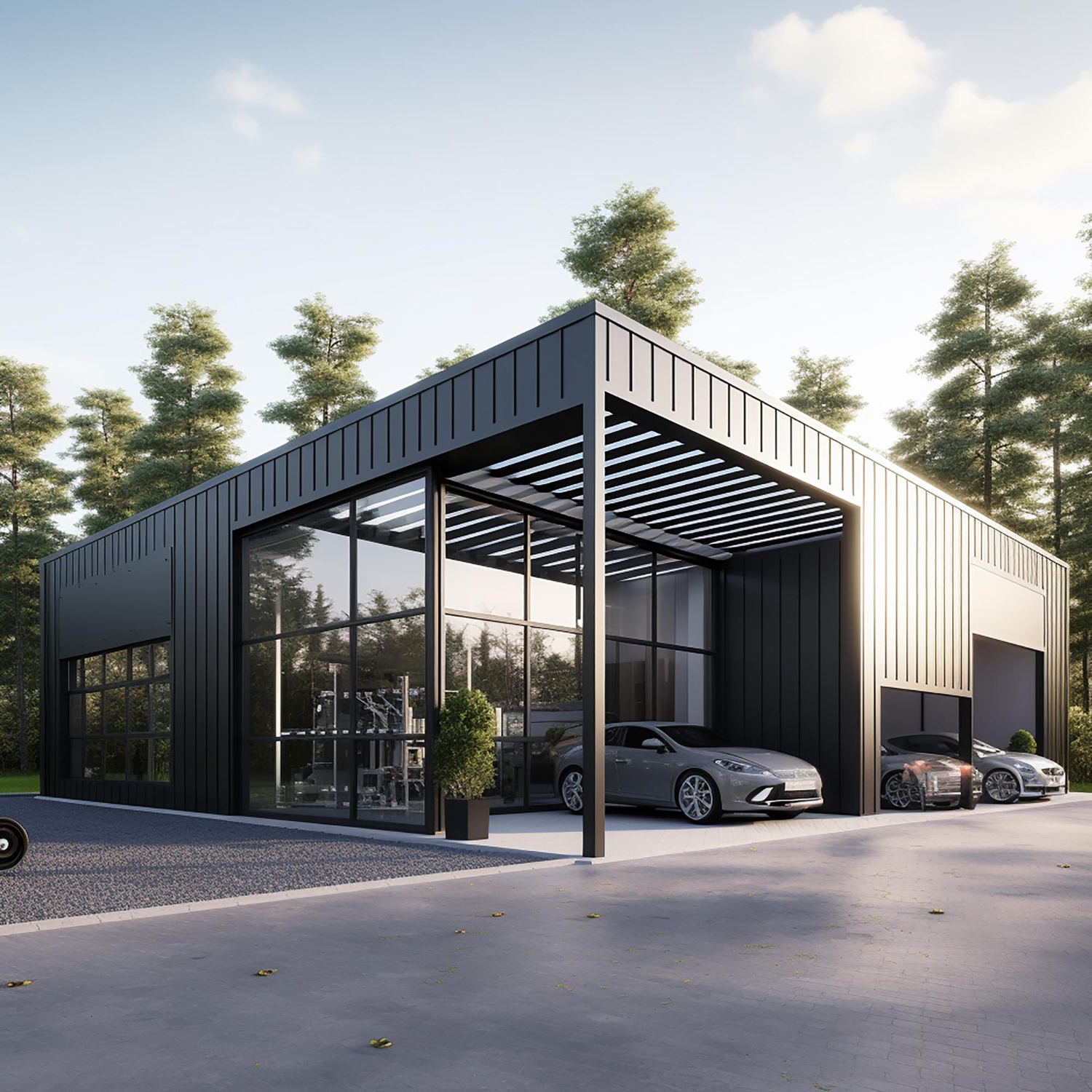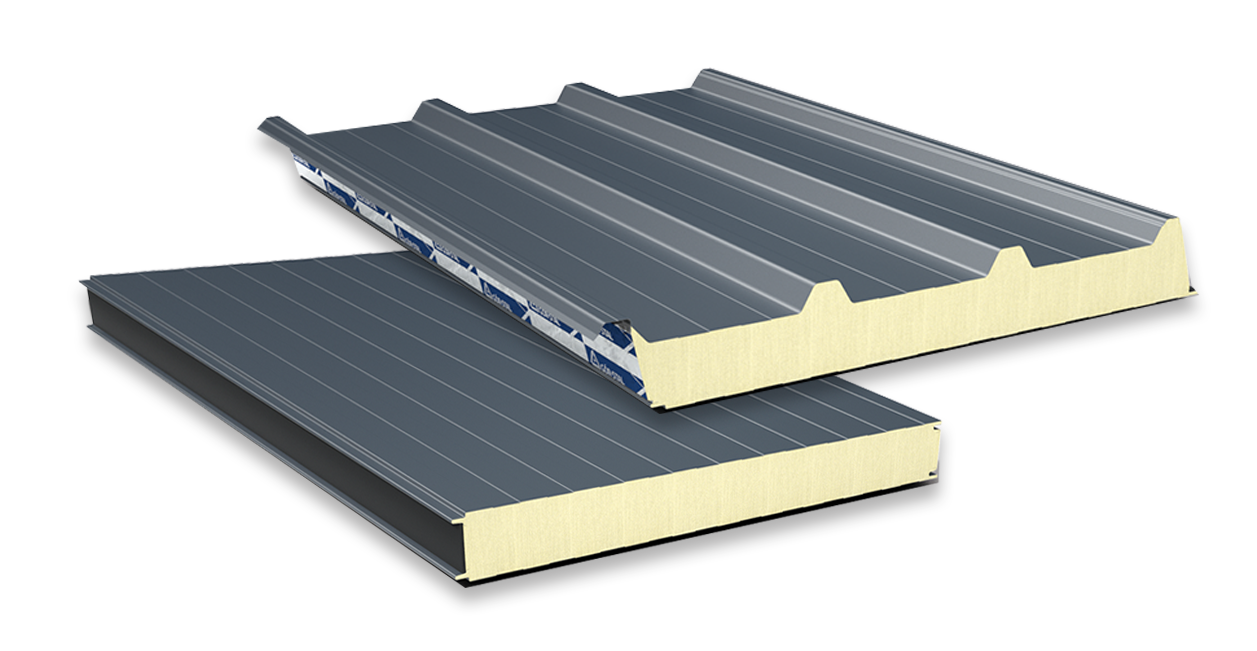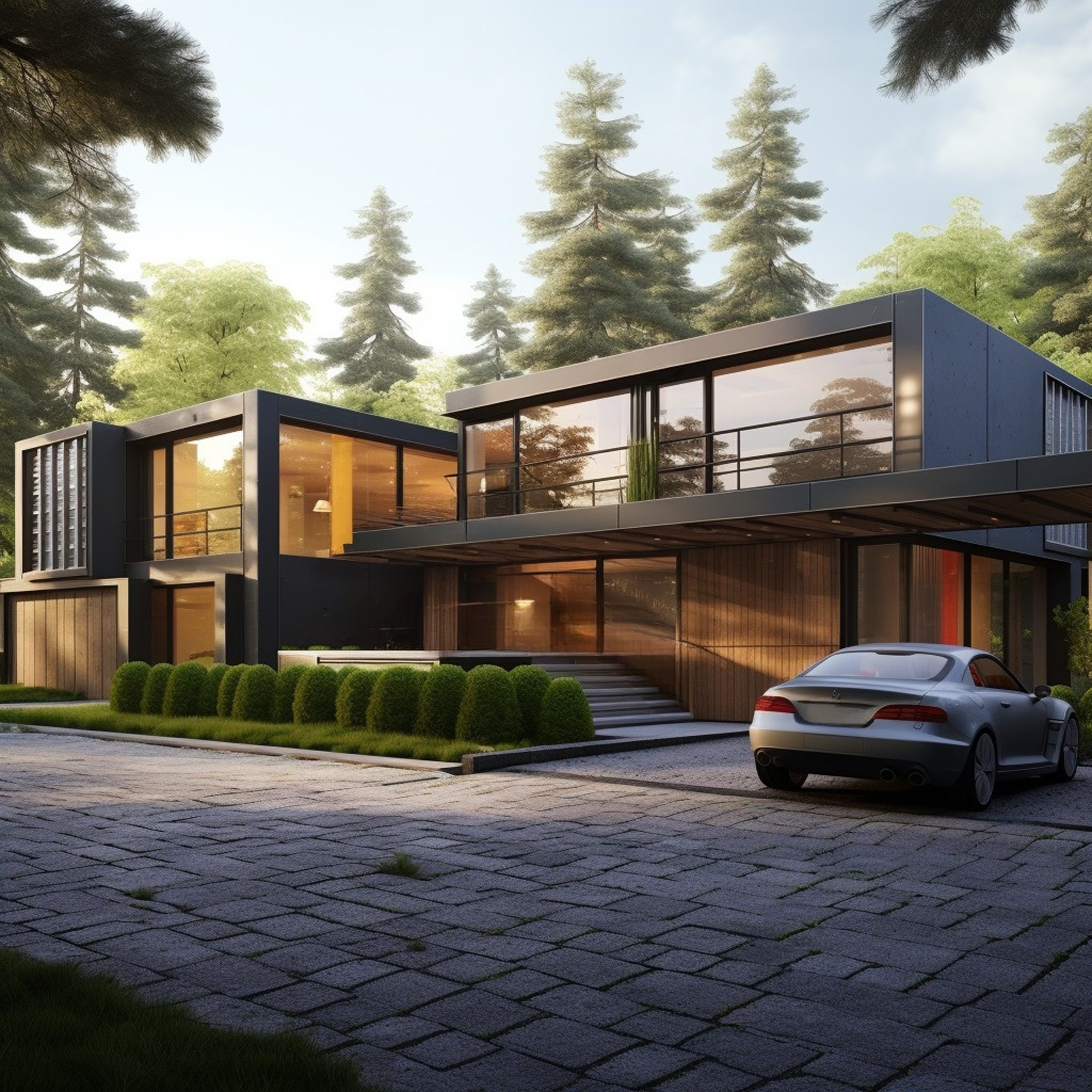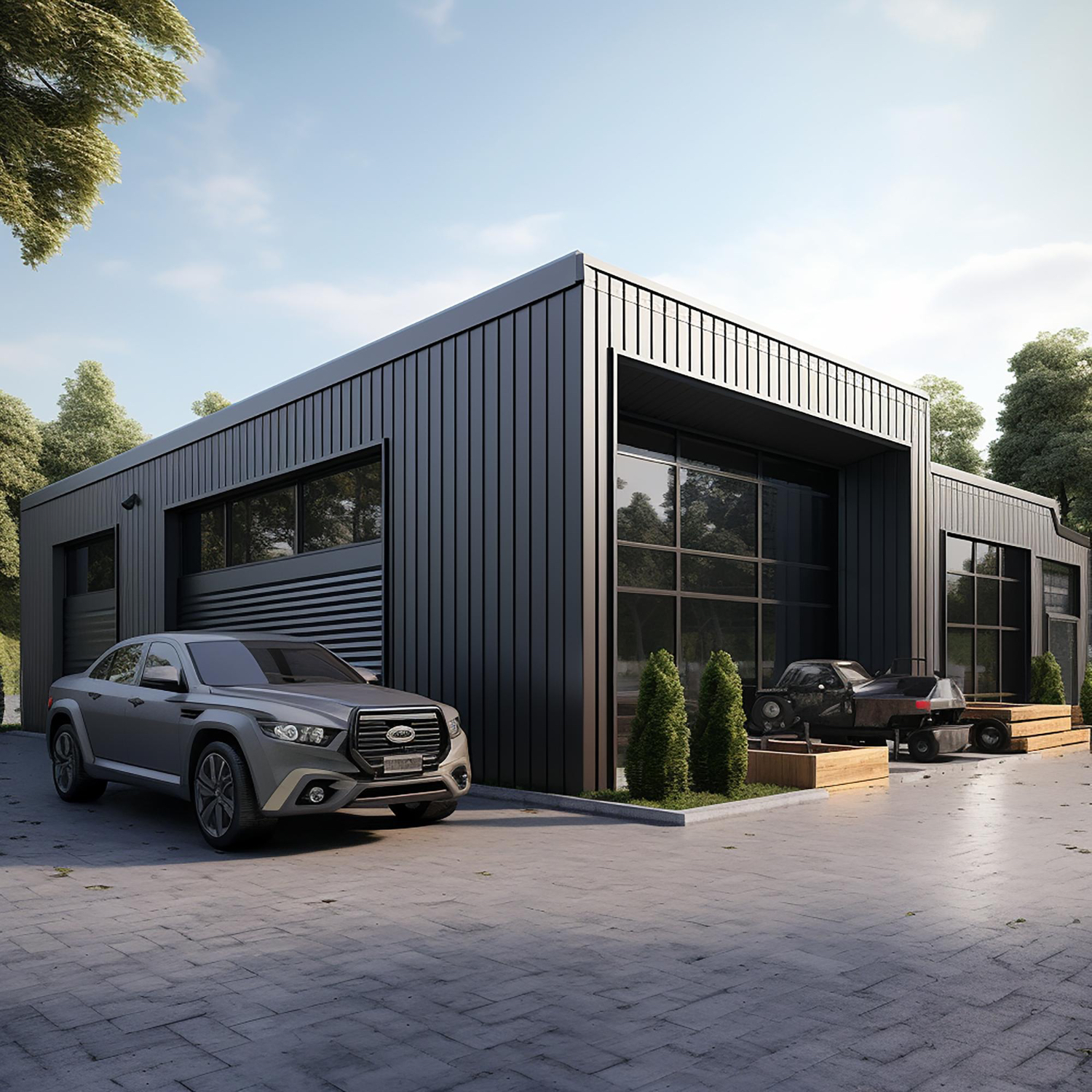Czekamy na twój telefon :)


Zapraszamy do współpracy realizujemy zlecenia od każdej ilości.
Jesteśmy certyfikowanym oficjalnym dystrybutorem
Najwyższa jakość na rynku

Płyty PIR (poliizocyjanuratowe) to nowoczesny materiał izolacyjny, który zdobywa coraz większe uznanie w branży budowlanej. Dzięki swoim wyjątkowym właściwościom termicznym oraz wszechstronności w zastosowaniu, płyty te stają się jednym z najbardziej pożądanych rozwiązań w dziedzinie izolacji termicznej budynków.
Wyjątkowa izolacyjność termiczna: Płyty PIR charakteryzują się niezwykle niskim współczynnikiem przewodzenia ciepła, znanym jako współczynnik λ (lambda). Oznacza to, że są one wyjątkowo efektywne w zatrzymywaniu ciepła wewnątrz budynków, co przekłada się na znaczne oszczędności energetyczne i wyższą efektywność energetyczną całego obiektu.
Niewielka masa własna: Jednym z istotnych atutów płyt PIR jest ich lekkość. Dzięki temu nie stanowią one dodatkowego obciążenia dla konstrukcji budynku, co jest szczególnie ważne przy projektowaniu nowoczesnych, energooszczędnych obiektów.
Łatwość montażu: Płyty PIR są nie tylko lekkie, ale także bardzo proste w montażu. Dzięki temu prace budowlane z ich wykorzystaniem przebiegają szybko i sprawnie, co pozwala na skrócenie czasu realizacji inwestycji.
Wszechstronność zastosowania: Płyty PIR znajdują zastosowanie w wielu obszarach budownictwa. Mogą być używane do izolacji różnych elementów budynku, co czyni je uniwersalnym rozwiązaniem w zakresie termomodernizacji.
Dachy: Płyty PIR są idealnym rozwiązaniem do izolacji dachów skośnych, poddaszy, strychów, a także stropodachów i tarasów. Ich doskonałe właściwości termiczne pozwalają na skuteczne zatrzymanie ciepła w budynku, co jest kluczowe dla komfortu mieszkańców i efektywności energetycznej.
Ściany: Dzięki swojej wszechstronności, płyty PIR mogą być stosowane zarówno do ocieplania ścian zewnętrznych, jak i wewnętrznych. Zapewniają one skuteczną barierę termiczną, co przyczynia się do obniżenia kosztów ogrzewania.
Stropy: Płyty te są również doskonałym rozwiązaniem do izolacji stropów. Dzięki nim można skutecznie zredukować straty ciepła, co jest istotne dla utrzymania optymalnej temperatury w pomieszczeniach.
Piwnice i fundamenty: Płyty PIR mogą być również stosowane do ocieplania piwnic i fundamentów. Chronią one budynek przed utratą ciepła oraz wilgocią, co jest kluczowe dla długowieczności konstrukcji.
Podłogi: W przypadku podłóg, płyty PIR stanowią doskonałe rozwiązanie izolacyjne. Ich zastosowanie pozwala na znaczne zredukowanie strat ciepła przez podłogę, co przekłada się na większy komfort użytkowania pomieszczeń.
Płyty PIR są dostępne w różnych grubościach i wariantach, co umożliwia precyzyjne dostosowanie ich do specyficznych wymagań danego projektu budowlanego. To wszechstronne i efektywne rozwiązanie, które przyczynia się do poprawy efektywności energetycznej budynków i komfortu ich użytkowników.

Płyty warstwowe są coraz częściej wykorzystywane w budowie nowoczesnych, energooszczędnych domów. Dzięki swoim właściwościom izolacyjnym, pozwalają na utrzymanie stałej temperatury wewnątrz budynku, co przekłada się na niższe koszty ogrzewania. Dodatkowo, lekka konstrukcja płyt umożliwia szybki montaż, co skraca czas budowy. Płyty warstwowe doskonale sprawdzają się zarówno w konstrukcjach szkieletowych, jak i w systemach modułowych.

Płyty warstwowe są idealnym rozwiązaniem do budowy garaży, gdzie liczy się nie tylko szybkość budowy, ale także trwałość i izolacyjność termiczna. Dzięki zastosowaniu tych płyt, garaże są dobrze zabezpieczone przed utratą ciepła oraz wpływem czynników atmosferycznych, co jest szczególnie istotne w przypadku przechowywania pojazdów i sprzętu. Płyty warstwowe pozwalają na stworzenie solidnej, estetycznej konstrukcji, która wymaga minimalnej konserwacji.

W nowoczesnym budownictwie komercyjnym, płyty warstwowe znajdują zastosowanie przy budowie biurowców. Ich doskonałe właściwości termoizolacyjne i akustyczne sprawiają, że są one idealnym materiałem do tworzenia komfortowych przestrzeni biurowych. Płyty te umożliwiają szybkie i efektywne wznoszenie budynków, co jest kluczowe przy realizacji dużych projektów deweloperskich. Dodatkowo, płyty warstwowe oferują różnorodność wykończeń, co pozwala na tworzenie estetycznych i nowoczesnych elewacji biurowych.
Sprawdź Zastosowania
Zobacz nasza pełną ofertę
Płyty Warstwowe - Marpanel
We firmly believe that the internet should be available and accessible to anyone, and are committed to providing a website that is accessible to the widest possible audience, regardless of circumstance and ability.
To fulfill this, we aim to adhere as strictly as possible to the World Wide Web Consortium’s (W3C) Web Content Accessibility Guidelines 2.1 (WCAG 2.1) at the AA level. These guidelines explain how to make web content accessible to people with a wide array of disabilities. Complying with those guidelines helps us ensure that the website is accessible to all people: blind people, people with motor impairments, visual impairment, cognitive disabilities, and more.
This website utilizes various technologies that are meant to make it as accessible as possible at all times. We utilize an accessibility interface that allows persons with specific disabilities to adjust the website’s UI (user interface) and design it to their personal needs.
Additionally, the website utilizes an AI-based application that runs in the background and optimizes its accessibility level constantly. This application remediates the website’s HTML, adapts Its functionality and behavior for screen-readers used by the blind users, and for keyboard functions used by individuals with motor impairments.
If you’ve found a malfunction or have ideas for improvement, we’ll be happy to hear from you. You can reach out to the website’s operators by using the following email
Our website implements the ARIA attributes (Accessible Rich Internet Applications) technique, alongside various different behavioral changes, to ensure blind users visiting with screen-readers are able to read, comprehend, and enjoy the website’s functions. As soon as a user with a screen-reader enters your site, they immediately receive a prompt to enter the Screen-Reader Profile so they can browse and operate your site effectively. Here’s how our website covers some of the most important screen-reader requirements, alongside console screenshots of code examples:
Screen-reader optimization: we run a background process that learns the website’s components from top to bottom, to ensure ongoing compliance even when updating the website. In this process, we provide screen-readers with meaningful data using the ARIA set of attributes. For example, we provide accurate form labels; descriptions for actionable icons (social media icons, search icons, cart icons, etc.); validation guidance for form inputs; element roles such as buttons, menus, modal dialogues (popups), and others. Additionally, the background process scans all the website’s images and provides an accurate and meaningful image-object-recognition-based description as an ALT (alternate text) tag for images that are not described. It will also extract texts that are embedded within the image, using an OCR (optical character recognition) technology. To turn on screen-reader adjustments at any time, users need only to press the Alt+1 keyboard combination. Screen-reader users also get automatic announcements to turn the Screen-reader mode on as soon as they enter the website.
These adjustments are compatible with all popular screen readers, including JAWS and NVDA.
Keyboard navigation optimization: The background process also adjusts the website’s HTML, and adds various behaviors using JavaScript code to make the website operable by the keyboard. This includes the ability to navigate the website using the Tab and Shift+Tab keys, operate dropdowns with the arrow keys, close them with Esc, trigger buttons and links using the Enter key, navigate between radio and checkbox elements using the arrow keys, and fill them in with the Spacebar or Enter key.Additionally, keyboard users will find quick-navigation and content-skip menus, available at any time by clicking Alt+1, or as the first elements of the site while navigating with the keyboard. The background process also handles triggered popups by moving the keyboard focus towards them as soon as they appear, and not allow the focus drift outside it.
Users can also use shortcuts such as “M” (menus), “H” (headings), “F” (forms), “B” (buttons), and “G” (graphics) to jump to specific elements.
We aim to support the widest array of browsers and assistive technologies as possible, so our users can choose the best fitting tools for them, with as few limitations as possible. Therefore, we have worked very hard to be able to support all major systems that comprise over 95% of the user market share including Google Chrome, Mozilla Firefox, Apple Safari, Opera and Microsoft Edge, JAWS and NVDA (screen readers).
Despite our very best efforts to allow anybody to adjust the website to their needs. There may still be pages or sections that are not fully accessible, are in the process of becoming accessible, or are lacking an adequate technological solution to make them accessible. Still, we are continually improving our accessibility, adding, updating and improving its options and features, and developing and adopting new technologies. All this is meant to reach the optimal level of accessibility, following technological advancements. For any assistance, please reach out to